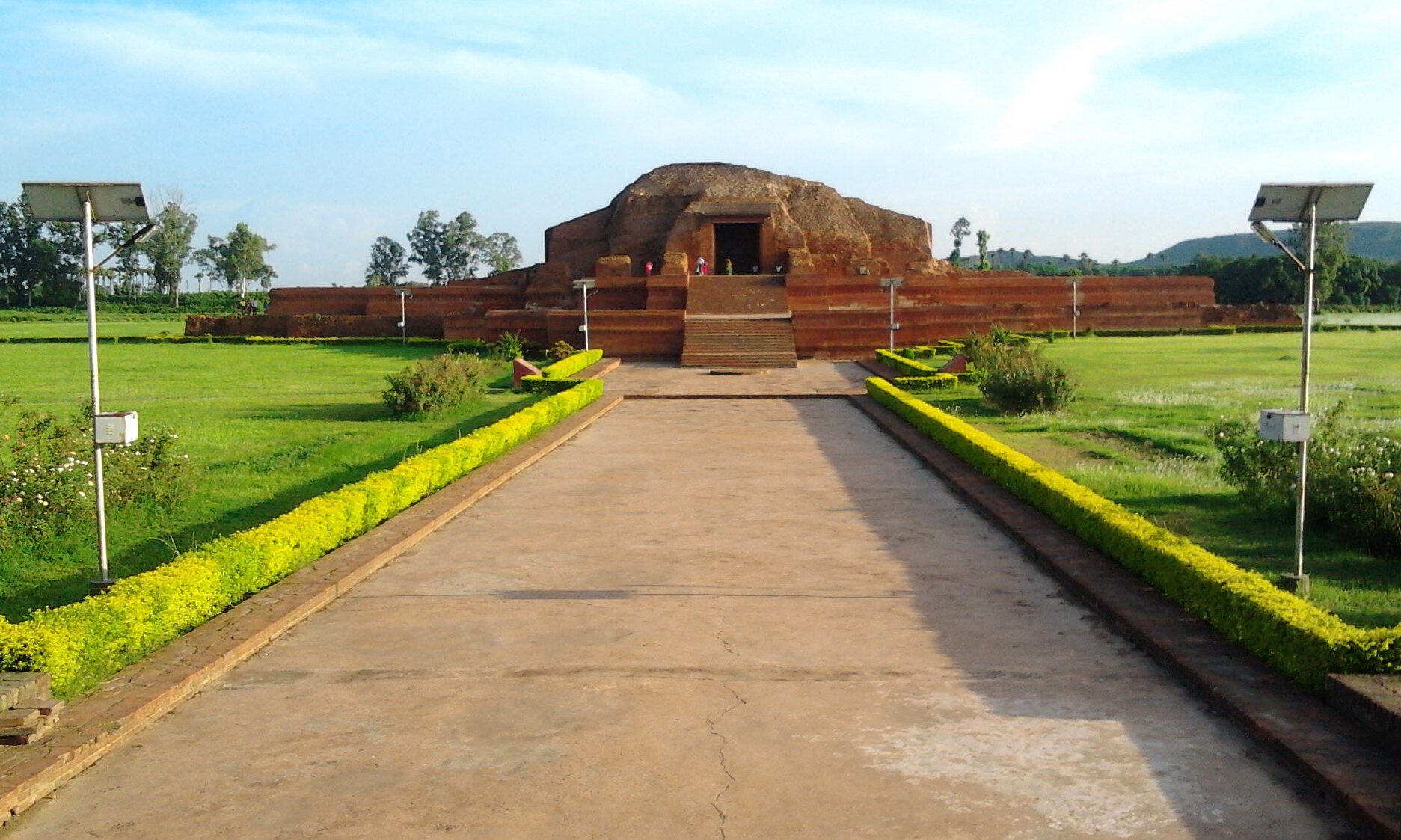Vinayak Chaturthi is set apart for the sole worship of Ganesh, the common deity of all Hindus. As he is supposed to be very fond of rice puddings, these dishes are cooked on a very large scale in every Hindu house and offered to the God, to be consumed by the members of the family, after the worship is over. A fresh image of Ganesh in clay is made and worshiped on this day. One hundred and eight different names of this God are repeated after the preliminary ceremonies and 108 different flowers are thrown in worship over them.
Vinayaka or Ganesh is the eldest son of Shiva and Parvati, or of Parvati only, according to the following legend, as he sprang from the dirt of her body. Shiva had gone from home and Parvati was left alone on the Kailasa; she wished to have a bath and not liking the idea of any person entering the house then, she rubbed her body with her hands and from the dirt that rolled off produced a figure to which she gave life and named Ganesh. She then asked Ganesh to sit at the door and allow no one, however he might be, to come in till she had finished her bath. Ganesh sat at his duty and while Parvati was bathing inside, Shiva returned home. He wanted to enter his house, but Ganesh would not allow him. After trying in vain to persuade him with gentle words, the great god used threats which, however had no effect. He was at last compelled to cut off Ganesh’s head and force his way in. When the goddess who was within perceived her lord entering and when she came to know that Ganesh had been murdered, she would not speak to Shiva until her attendant was restored to life. In order to do this, Shiva gave orders to his army of the Bhutaganas to find the first living creature that slept with its head turned towards the north, to cut off its head and to fit it into Ganesh’s body. The Bhutas searched and searched for a very long time and at last found an elephant asleep with its head to the north, and cutting of its head, they brought it and fixed it to the Ganesh’s body, and he rose up man in body and elephant in face. The elephant’s head is regarded as the emblem of sagacity. In his image he is always seated at his ease, with his legs folded under him on a lotus throne. He has four arms and they hold an elephant’s trunk, a noose, a mace, and a Modaka (rice pudding). He wears a crown. His ears are adorned with jewels and his forehead vibhuti – the sacred ashes. He wears a garland of pearls and precious stones round his neck. He is worshipped under the different names of Vinayaka, Ganesh, Ganapati, Pillaiyar, etc. As this most popular deity is worshipped in almost every village, there is a belief among certain people that he is the god of the Sudras and lower orders, who are generally uneducated. As an authority for this belief, the following couplet is sometimes quoted: –
Viparanam daivatam Sambhuh, Kshatriyanam tu Madhavah, Vaisyanam tu bhaved Brahma, Sudranam Gananayakah!!
The above verse means that Shiva is the god of the Brahmans, Vishnu of the Kshatrivas, Brahma of the vaisyas, and Ganesh of the Sudras. He controlled all those qualities which overcame hindrances in every undertakings with their usual accompaniments-good living , plenty, prosperity, and peace. This is the one great and real reason for the popularity of the worship of this deity.
There is always a small shrine of Vigneswara, attached to all Shiva temples. In the Vishnu temples too he is worshipped as Tumbikkaialvar – the sage of the elephant’s trunk – and as Vishvaksena. Sometimes he has his own temples too. As he is the favourite son of Shiva, he receives honours equal to Shiva. His image is with sincere devotion adored by men and women alike. He is supposed to represent the several personifications of sagacity, shrewdness, patience, and learning. As a test of his wisdom, it is related that when he was a child and playing in company with his brother Subrahmanya, Shiva promised to present a mango to him who made a circuit round the world and returned first. Subrahmanya summoned his peacock, mounted it and was ready for the journey. But Ganesh calmly went round Shiva, his father, and demanded the fruit. “But you never went round the world,” said Shiva. “What is the world, but your own holy self ? I went round you. Ergo, I went round the world,” was Ganesh’s wise reply. Shiva was of course convinced, praised Ganesh for his shrewdness, and gave him the promised fruit, which however he shared with Subrahmanya.The “belly god” is on this account called Ekadanta, or the single – tusked. Ganesh is said to have written the Mahabharata at the dictation of Vyasa – for it is said that the letter was so quick in repeating the epic that no mortal could have managed to follow him.



















